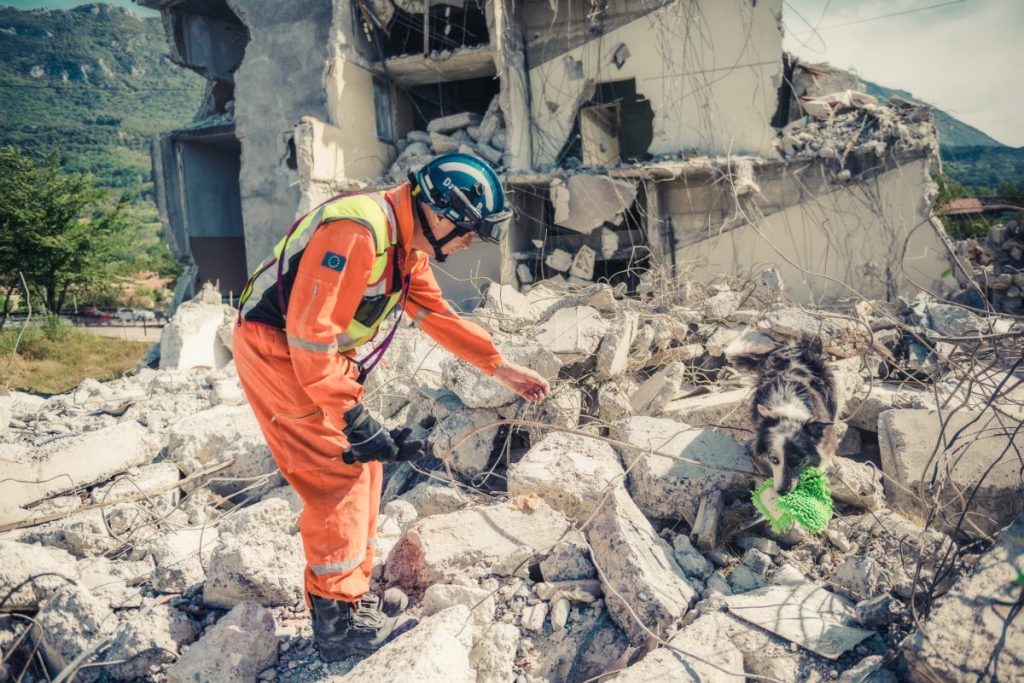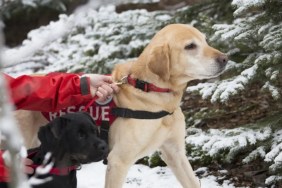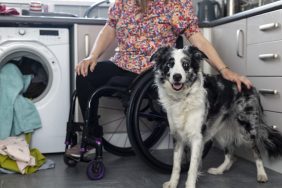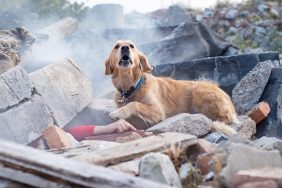The Federal Emergency Management Agency (FEMA) is an organization dedicated to help people whose lives are impacted by disasters. The agency was formed in April 1979 and has, over the years, undertaken countless successful search-and-rescue missions. FEMA also trains canines to assist officers in locating disaster survivors.
As such, the organization has 280 disaster dogs across the United States whose jobs are to detect people whose lives are impacted by disasters, according to NPR. Additionally, they have 80 canines who look for human bodies at disaster sites.
Requirements for FEMA’s disaster dogs and handlers
FEMA’s canines are extensively trained by handlers who must first achieve a national certification in search and rescue. Moreover, their certification must be renewed every three years and the dog should be at least 18 months old to be eligible for the test.
Both the canine and their handler are trained to work in different kinds of environments. Canines are typically tested after they turn two years old since, by then, they are more emotionally, mentally, and physically mature to carry out search-and-rescue missions.
Accordingly, the dogs are tested on several aspects of their desired role — including agility, determination, response to their handler’s command, and more. The dogs’ handlers also go through a test examining their communication skills, strategies, and tactics, among other things.
What’s more, these cadaver dogs are trained to detect human remains. According to FEMA, the canines’ “ability to detect human remains is not limited to a specific timeframe after a person is deceased.” That said, the animal must be reliable enough to remain in place in the absence of their handler.
Relatedly, the dogs must also go through aggression testing, wherein their temperament is examined. Some breeds tend to perform better during the rigorous training.
How the search-and-rescue dog training process works
Victoria Ledwell, who works as a canine coordinator and dog handler for FEMA, explained the training process. Large plastic tubes are placed all around the training site. A person would be inside one of the tubes and the dog’s task is to find them. Upon using scent detection to discover the person, the canine will start barking. Subsequently, the handler will appreciate the pup and reward them with food or toys.
“My last dog had what we called ‘the flying squirrel’,” Ledwell said. “It was like a floppy Frisbee, and it didn’t fit well into pockets.” He further added, “But it didn’t matter that it was hard for me to carry, because for him that was important. I had to make it work.”
Ledwell recently had her pup, Pasquale, sent to a disaster site in Puerto Rico. Pasquale was part of the team that handled the devastating Hurricane Fiona last year. The dog was later sent to South Florida following the deadly Hurricane Ian.
“They love what they’re doing and I love watching that,” Ledwell said of FEMA’s disaster dogs. “You’ll see them come off the pile after they’ve done a search and they’ve been successful.” Continuing, she shared, “Some of them will carry their toy with them, and they’re so proud and they’ll show it off to you.”
FEMA dogs are typically brought in from shelters
In Baltimore, Maryland Task Force One has dogs of several breeds, including German Shepherds, Springer Spaniels, and Golden Retrievers, who are trained for search-and-rescue missions. Some of them were brought in as strays or from shelters.
Pager is one such pup who was rescued from a kennel in Maine. The black Labrador is known for his lively and enthusiastic nature. When he was eight weeks old, he was sent to a program to work with police or injured veterans.
However, Pager’s extremely energetic and ebullient nature made him a misfit. Subsequently, he was sent to the Maryland Task Force. There, he met his handler, Joshua Kurland. Apart from being a handler, Kurland also works for Montgomery County Fire & Rescue. In truth, his interest in canines led him to work with Pager.
“I probably should’ve been paying attention to my fire skills,” Kurland said. “But I saw canines working and I thought, ‘Oh, the fire department has canines.'” Continuing, he added, “Hopefully Pager does all right here.”









